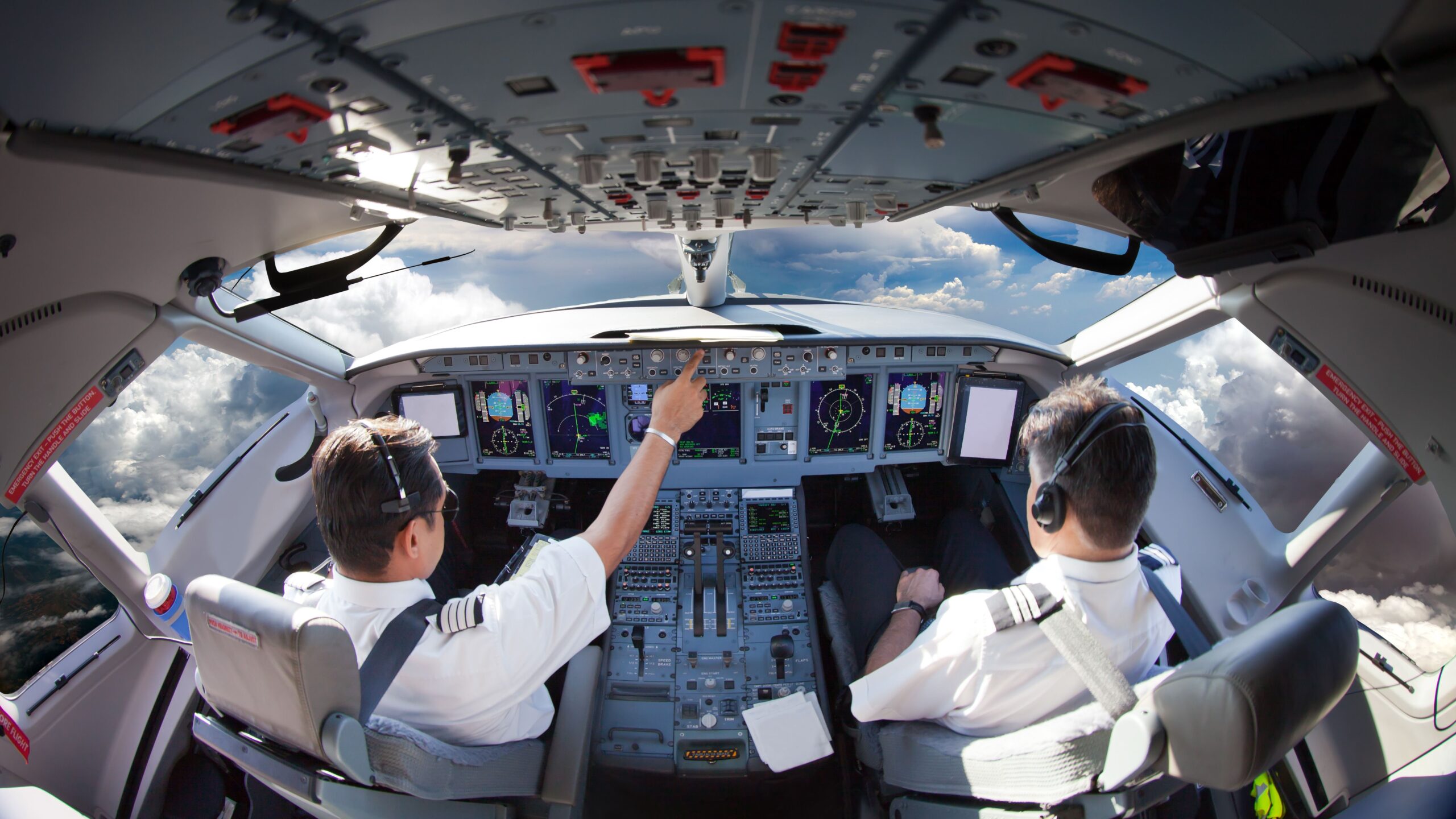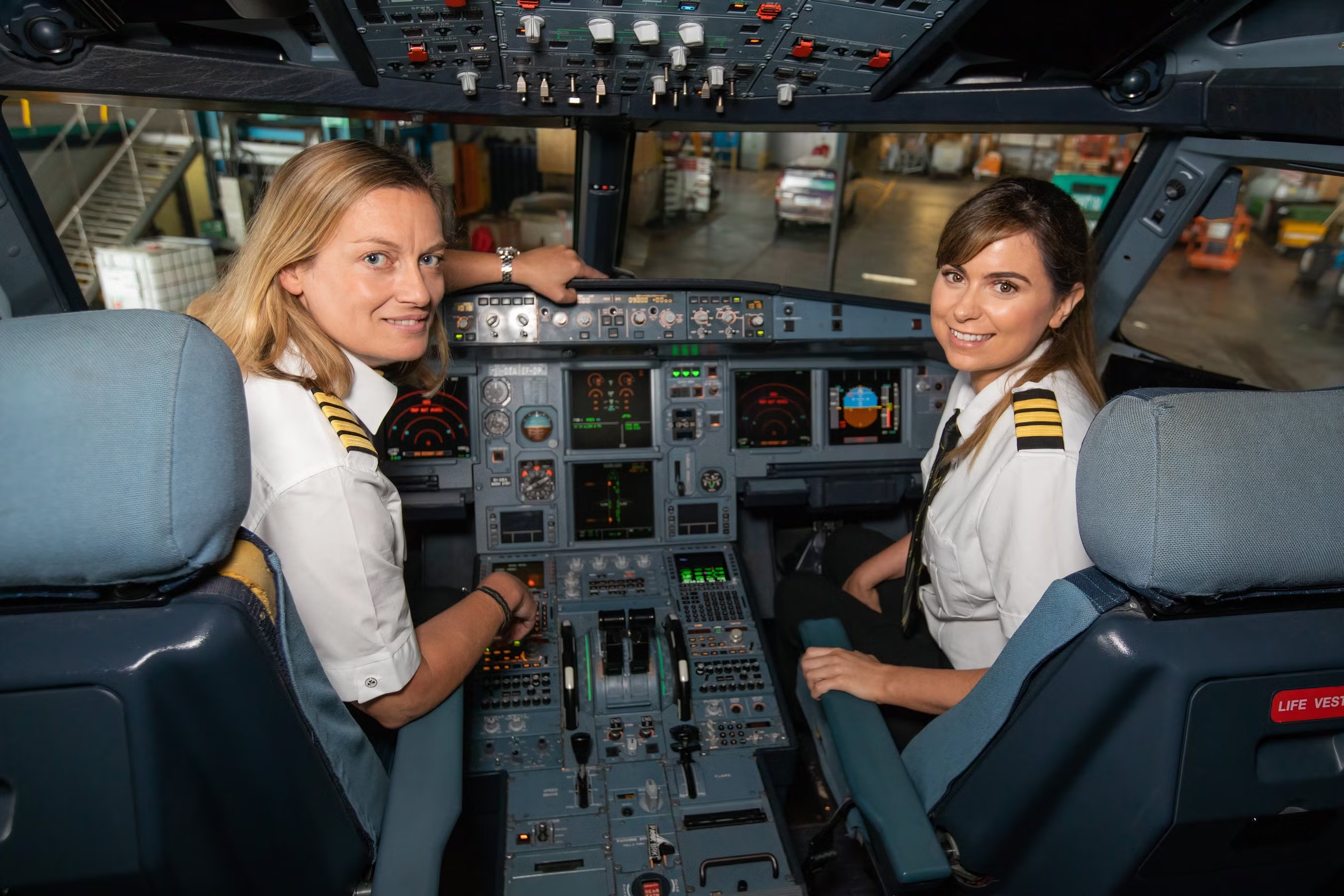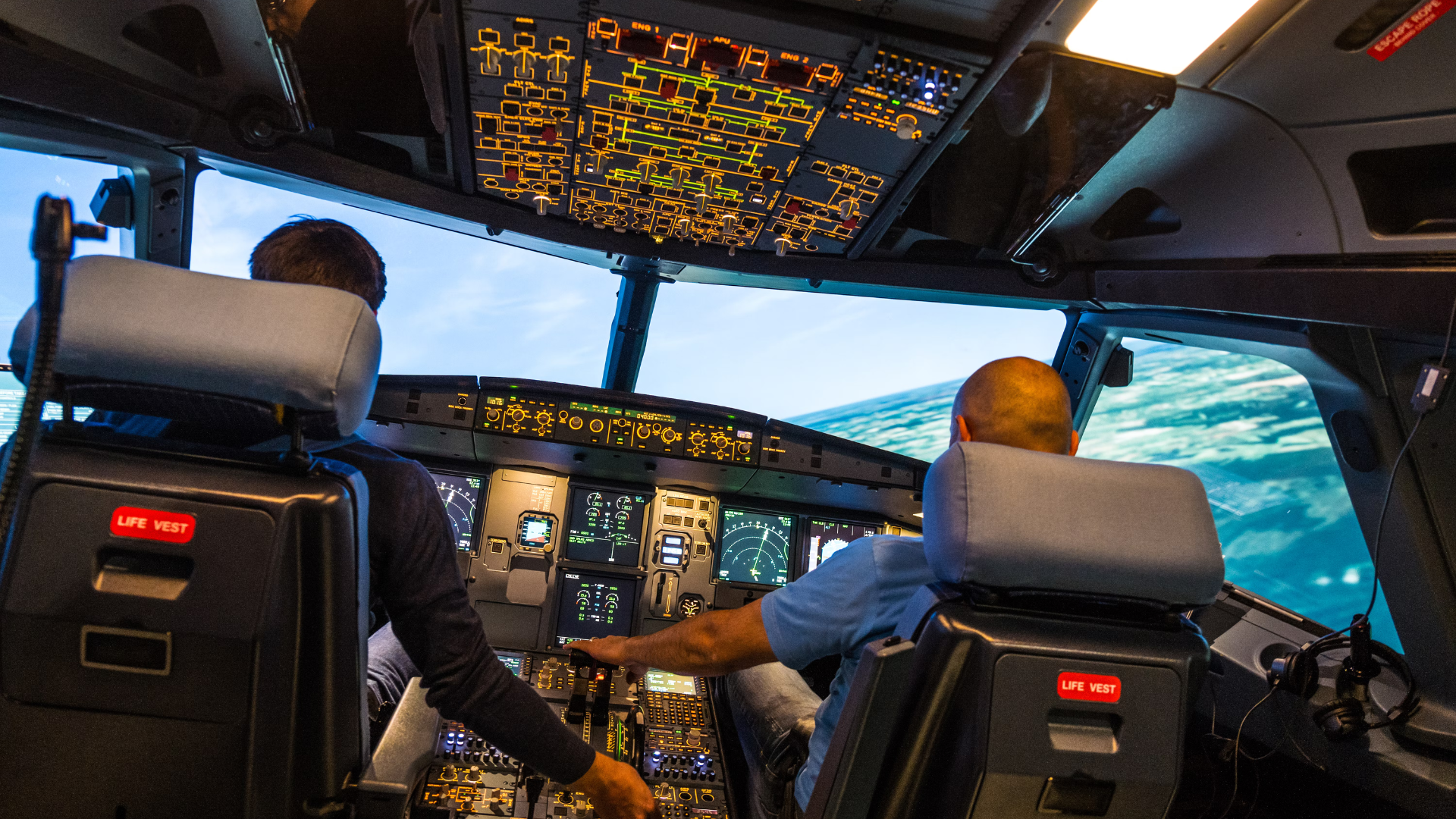In the world of commercial aviation, there has been extensive discussion about whether maintaining two pilots in the cockpit at all times is necessary. Many air safety
advocates will continue to argue that the importance of maintaining two pilots on the flight deck cannot be negotiated, as the need to have two separate individuals at the controls all the time is critical.
Nonetheless, the cockpit is already highly automated, with pilots already spending the vast majority of their time troubleshooting and adjusting the inputs in the computer’s modern navigation system. However, the majority of passengers would likely prefer that two pilots remain in the cockpit at all times, likely due to the perceived safety implications.
The discussion about whether having a second pilot in the cockpit at all times is worth the extra costs associated has become extensive, with many arguing that the reduction in operational costs could be immense. Furthermore, there remain extremely few concrete examples of a second pilot’s presence having any increased impact on safety whatsoever, although this as well is the subject of much debate.
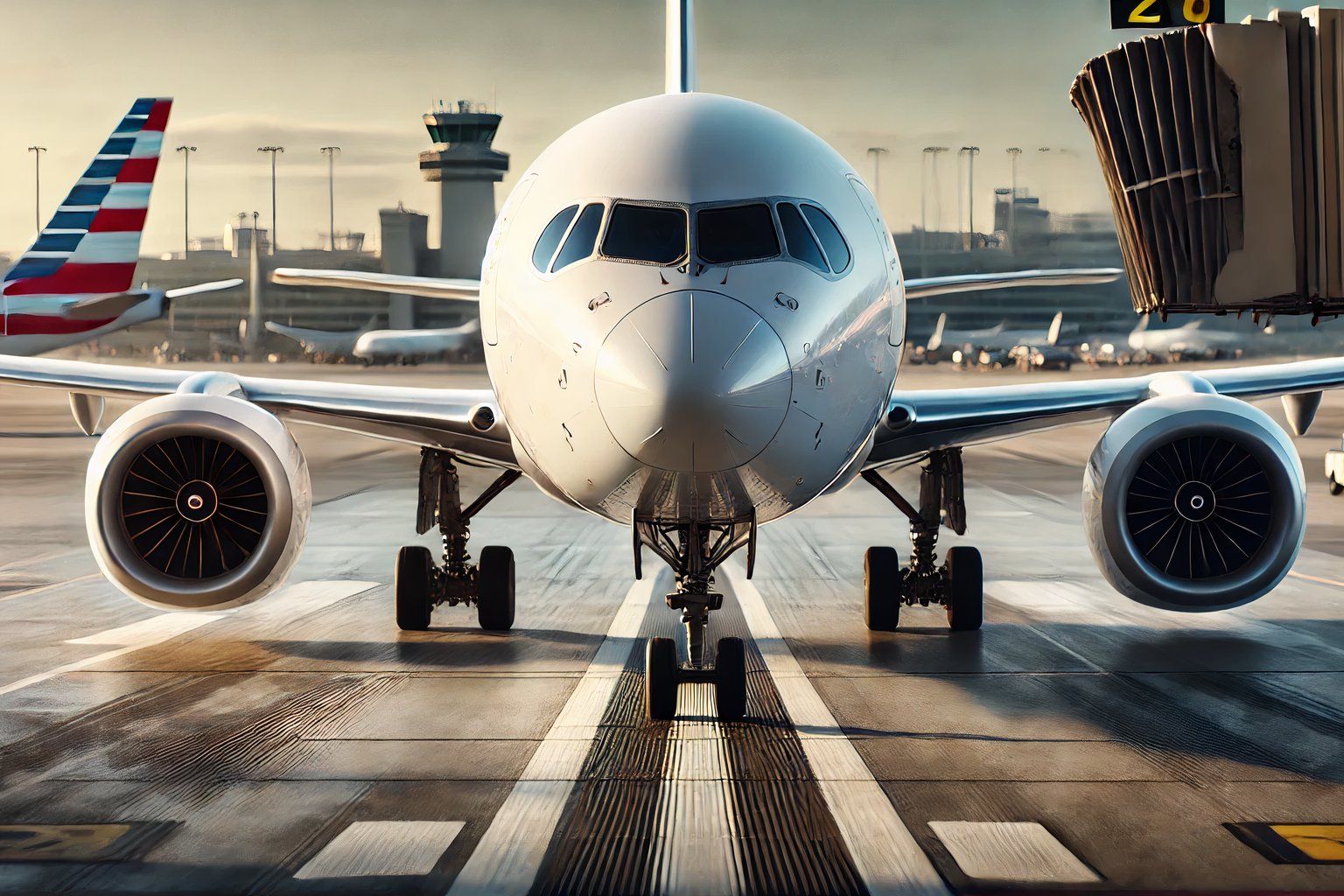
A controversial issue across the globe today
Although this discussion has existed for decades, the issue has become an even hotter topic of debate in the past few years as a post-COVID global pilot shortage has made the advantages of having a single pilot more visible. Some regional commuter airlines and turboprop operators already have single-pilot capabilities.
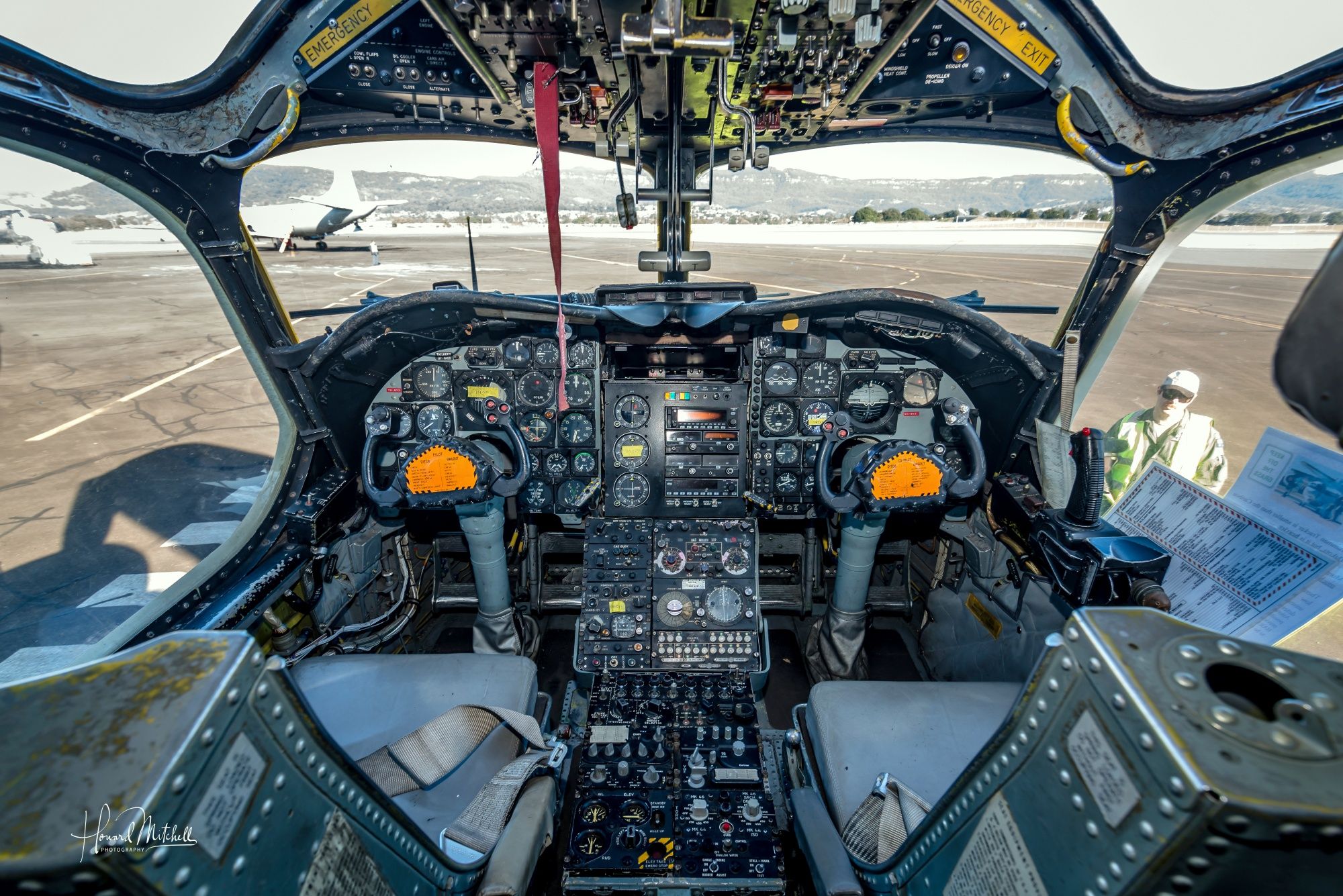
Related
How Have Airliner Cockpits Evolved Over The Years?
Cockpits have evolved from ones equipped with analog devices to sophisticated pieces of technology.
The global aviation community remains extensively divided regarding this matter, with many on either side of the issue arguing adamantly for or against maintaining two pilots in the cockpit. Let’s take a deeper look at some of the strongest arguments on either side of this issue and explore what our cockpits might look like in the coming years.
Major arguments against removing a second pilot from the cockpit
As one might expect, the majority of arguments in favor of keeping two pilots on the flight deck are rooted in safety concerns, with advocates citing that a second pilot in the cockpit provides a built-in redundancy system. If one pilot is incapacitated for any reason, including both mental and physical issues, the second pilot will be able to take over and safely pilot the aircraft to its destination. There are also a few other issues to consider, including:
- Lack of diversity of experience in the cockpit
- Less intellectual capacity for critical decision-making
- Fewer people are available to share tasks, making flying a more mentally exhausting experience
Most of the organizations behind the movement supporting the continued use of two pilots in the cockpit are safety groups as well as trade unions representing pilots. In a statement regarding this debate, the Air Line Pilots Association International had the following words to share:
“Commercial aviation is the world’s safest mode of transportation, and history shows that having at least two fully qualified, highly trained, and well-rested pilots on the flight deck is an airliner’s strongest safety asset. Airliners are designed for more than one pilot on the flight deck because safety and operations require it.”
The organization points directly to several studies by the National Aeronautics and Space Administration (NASA) and the Federal Aviation Administration (FAA) that demonstrate the safety risks that are associated with single-pilot operations. These studies do provide some interesting evidence to support the argument that single-pilot operations are safer, but extensive research on the importance of dual-pilot operations for large, heavily automated commercial cockpits has yet to be fully explored, and no statistically significant evidence exists on the matter.
Photo: Aer Lingus
There is some historical precedent for reducing cockpit staffing levels
Back in 1982, the Airbus A310 became the first commercial passenger airliner to feature a flight deck designed for operation by two pilots. This was a novel concept at the time, as aircraft had up until then been operated by at least three individuals, including a pilot, first officer, and flight engineer. Older aircraft even featured a fourth individual in the cockpit, who often served the role of navigator.
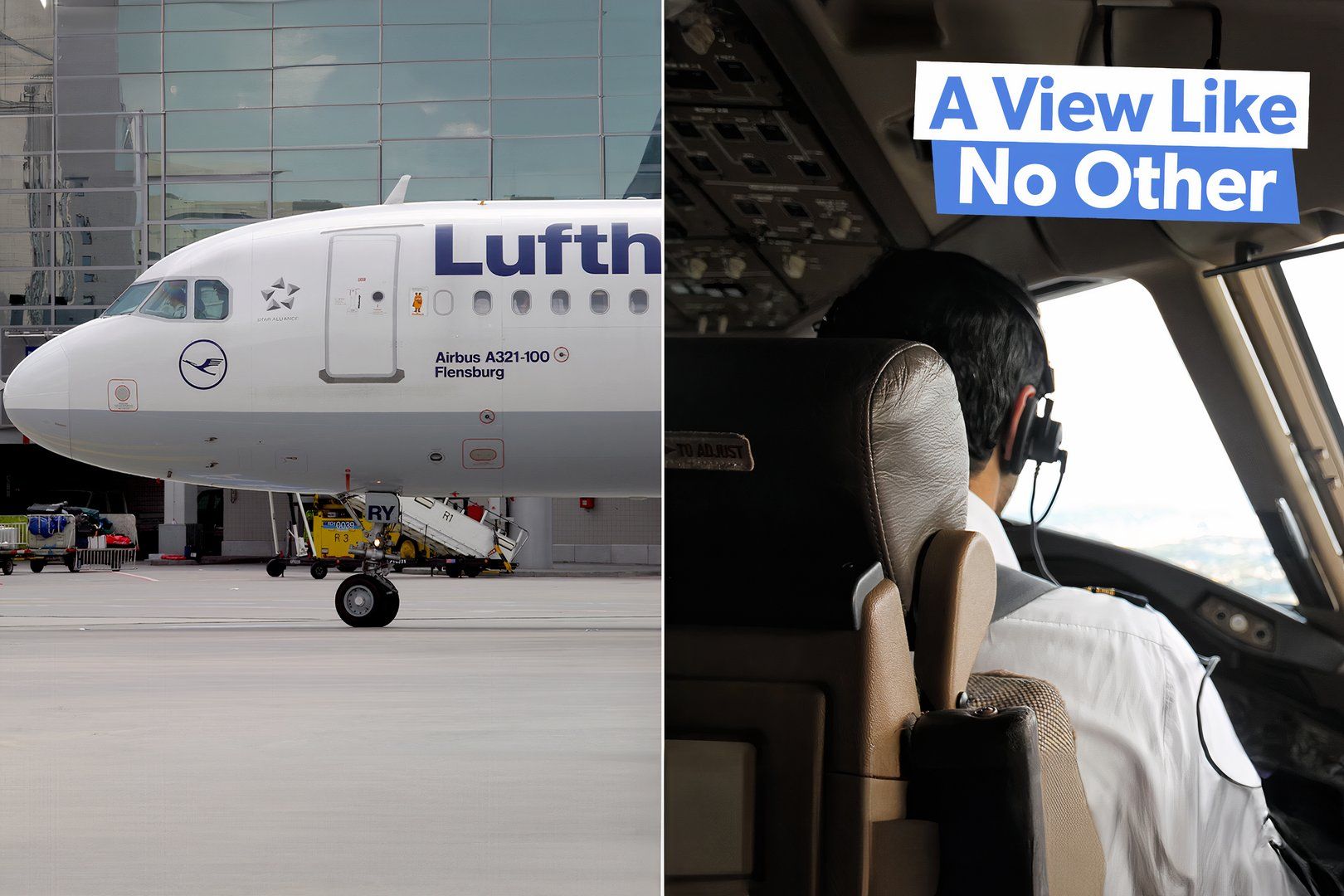
Related
What Are Cockpit Jumpseats & Who Can Use Them?
Riding the jumpseat is a privilege afforded to pilots and a choice list of other industry workers.
When Airbus introduced the A310, seeking to capitalize on the potential cost savings of reducing staff by one-third, the decision was criticized heavily by safety advocates. Nonetheless, these safety concerns turned out to be significantly overblown. Over the next few decades, all airlines and aircraft transitioned towards a two-person flight deck system, according to Sireb Eriksson and Harm-Jan Steenhuis’ 2016 book The Global Commercial Aviation Industry.
In 2024, two-person cockpits have become the industry standard, and flying has never been safer, statistically, than it has been over the past decade, despite more aircraft taking to the skies than ever before. Overwhelmingly, the shift from three to two-person cockpits was heralded as a success, as it helped reduce operational costs while having no adverse impact on air safety.
Photo: Mario Hagen | Shutterstock
Concerns about a single person at the controls remain
There are concerns that the relatively straightforward switch from three pilots to two may not be as efficiently replicated when reducing cockpits down to just a single operator. There are concerns that the number of tasks required for a pilot to be monitored could be too extensive for a single individual. Furthermore, the duties and responsibilities associated with managing an aircraft, communicating with passengers, and air traffic control can be too exhausting for a single operator to manage effectively.

